In the competitive web business landscape it’s important to have the right tools for specialized and efficient website management. Odoo helps your business adapt to multi-domain exposure, giving it the tools and capabilities to do so rapidly without taking up too much of your time. Each domain gives you tailored solutions for the unique and specific needs of your business, ensuring that all tools and functions are optimized for the respective purpose they support.
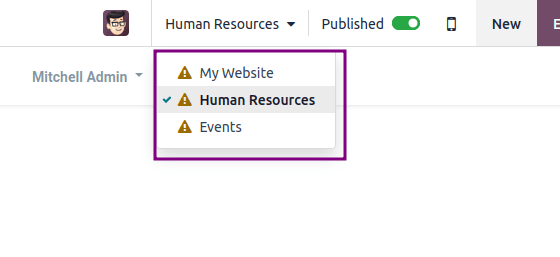
1. Improve SEO using specific product domains
To further improve your Search Engine Optimization (SEO) with multi-domain features from Odoo, simply create a hierarchy with parent-child domain structures. For example, if your company sells furniture you may typically possess a main domain like www.furniture.com with specific subdomains or subdirectories like www.tables.com and www.chairs.com .
To help search engines understand that your content is relevant and rank it higher, you should also ensure that each domain and subdomain is optimized for specific keywords relevant to the products or categories they represent. In your portal portal.yourdomain.com your clients will be able to sign & pay their sale orders as well as peruse other relevant documents, improving the site’s overall credibility.
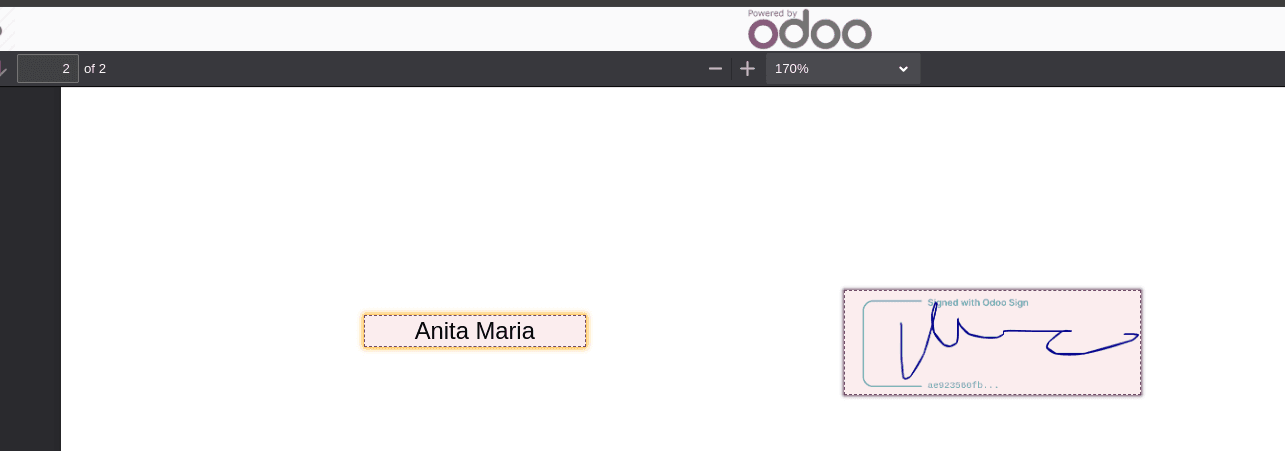
2. Improve Implementation Speed
In most cases you can easily implement subdomains like “shop.yourdomain.com” for your e-commerce platform while keeping the main website at “www.yourdomain.com”. This can and should be done without the need to completely restructure your existing store.
The subdomain should have the same branding as the main website to provide a smooth user experience. You can also manage the different domains from a single backend using Odoo’s multi-website functionality. This centralization simplifies administrative tasks and enables you to efficiently handle content updates, inventory management and customer interactions across all domains.
3. Landing Pages
Landing pages are vital components in educating customers about your product or service and capturing their details so they can be converted from prospects to customers. To have a good landing page it’s essential to implement the best practices when you are building one. Here are some of the best practices:
- Simplified forms (never ask for more information than you need)
- Keep the design straightforward and simple to navigate
- Use inspiring, eye-catching and original images
- Craft engaging Call To Action buttons using emotional triggers and vibrant colors
Landing page example:
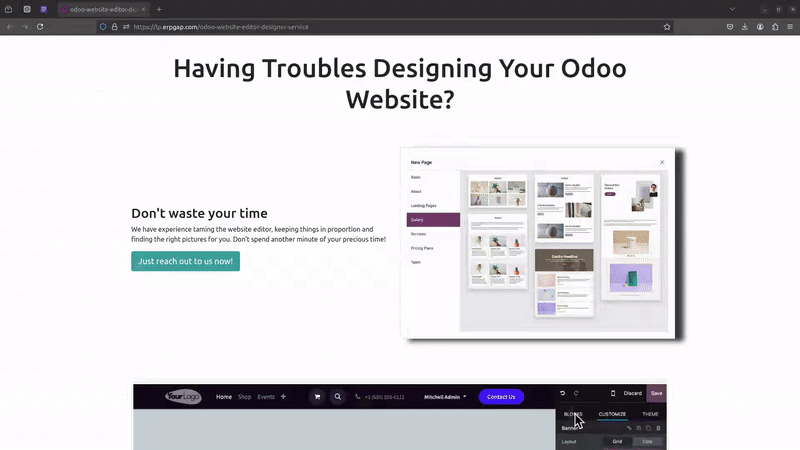
4. Event Management
From small workshops to large meetings, creating a domain for Events can help you to plan, organize and execute events seamlessly. To schedule these events you can integrate your calendar, avoiding conflicts and ensuring efficient time management.
Centralized event hub: You can easily create dedicated subdomains for the seamless management of each event. An example of this is something like, “events.yourdomain.com”. With this subdomain it’s possible to handle all aspects of your event organization in one centralized space. It also gives your audience easy access to all the information they need.
Registration and ticketing: Odoo provides an online registration process for attendees with different ticket types. You can manage them directly through your database by adding promotional codes. To handle ticket payments, Odoo has integration with various payment gateways too.
Follow-Up and Sign-Up Forms: It’s even possible to automate follow-up emails and create event updates through related content. This keeps your subscribers informed and engaged during the time leading up to the event. Implementing simple sign-up forms to obtain attendee information is a great way to keep track of attendee numbers and demographics.
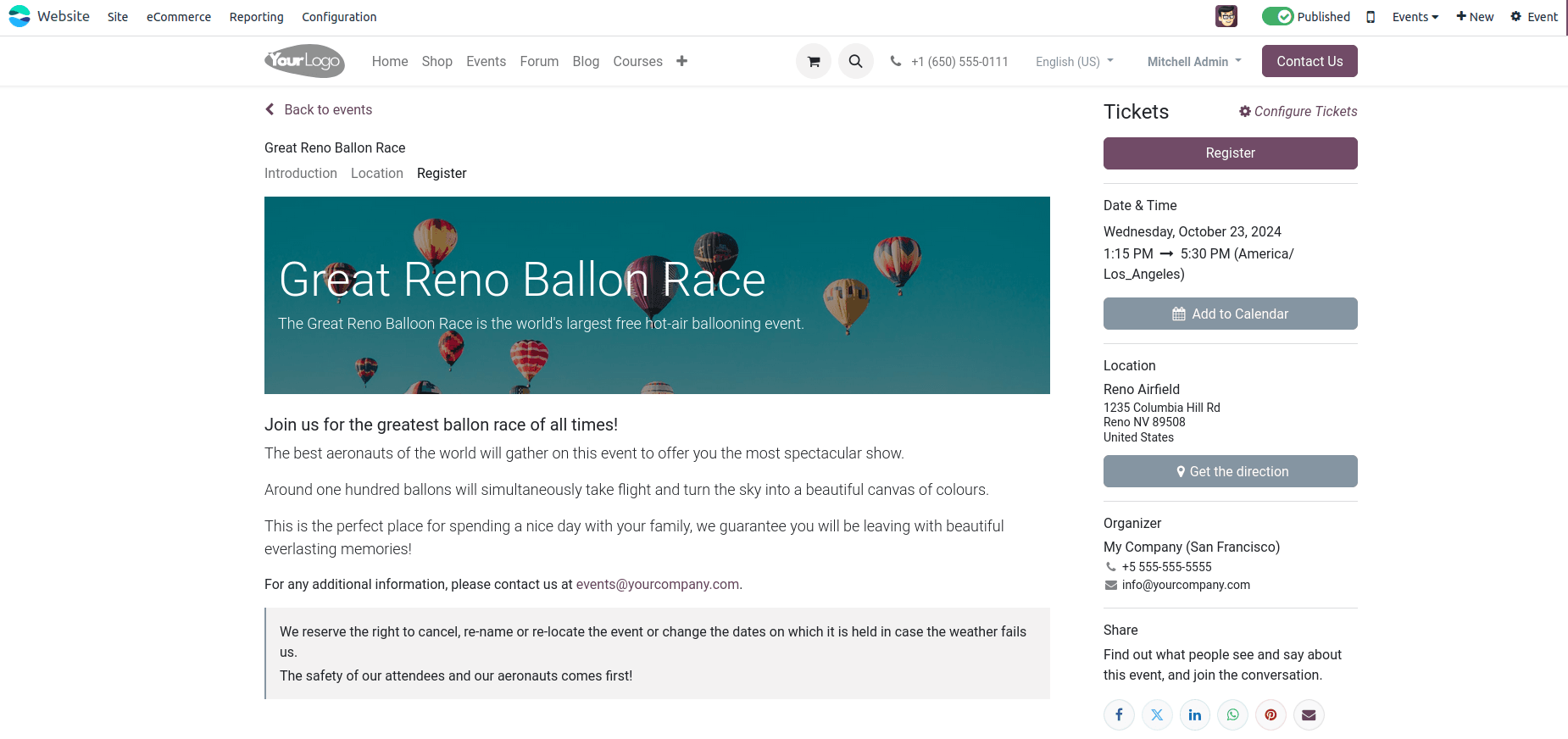
5. Recruitment, Knowledge Base and Implement a Blog or Forum Platform
It’s recommended that you also set up a Human Resources Domain to manage your organization’s workforce. With Odoo multi-website you can create a professional interface for job openings, manage job posts, and move candidates through each stage of the recruitment pipeline.
- Recruitment Portal: Creating a Human Resources domain like “hr.yourdomain.com” allows you to manage job postings, candidate communications and the scheduling of interviews. All this will be organized in one place, giving your HR staff quick access to information when they need it most. It’s also possible to create structured Urls for job listings such as “hr.yourdomain.com/hr/carpenter-1/”.
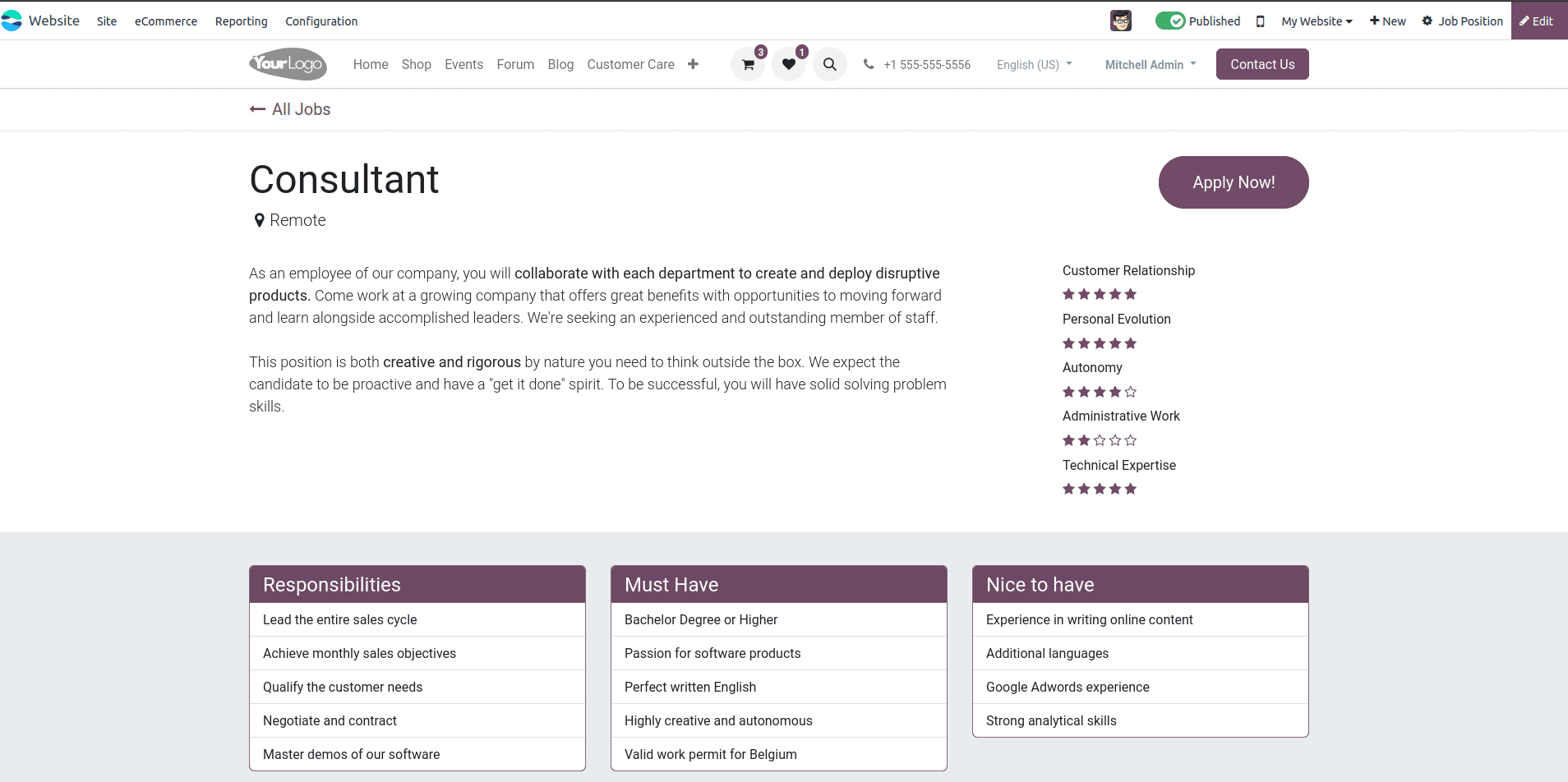
Knowledge Base: Sometimes it’s important to provide customer or employee access to documents, training material and FAQs. With Odoo you can implement a knowledge base on a subdomain (e.g. “kb.yourdomain.com”)
Blog: A blog that contains valuable content like industry insights and company news will help improve SEO as well as audience engagement. You can also have a domain for this blog that’s dedicated apart from the rest of your site; (e.g. “blog.yourdomain.com”).
Forum platforms: Similar to a blog, a forum is a good way to improve customer engagement while simultaneously providing valuable content created by product users. This fosters community discussions, enables rapid customer support, and allows your audience to provide valuable feedback. Again you can create a completely separate subdomain for your forum page; (e.g. “forum.yourdomain.com”)
Conclusion
By leveraging Odoo’s multi-domain capabilities you will enhance your business operations and online presence. Utilizing distinguishable subdomains helps to improve your overall SEO, increases engagement and promotes growth. Odoo’s multi-website management and automation features optimize digital strategies, driving operational efficiency and business success.
If you have any questions feel free to contact us.
Follow Us On Social Media
Stay connected with ERPGAP and follow us on this journey. You can view updates on LinkedIn and Twitter.



